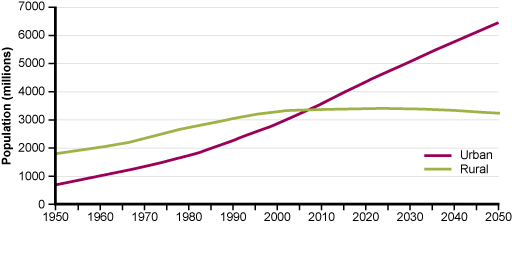Rural Community
A Rural Community is a social community within a rural area.
- Context:
- It can (typically) be associated with a Rural Community Population.
- …
- Counter-Example(s):
- See: Rural Community in a Developed Country, Rural Sociology, Urbanization.
References
2019
- (Wikipedia, 2019) ⇒ https://en.wikipedia.org/wiki/Types_of_rural_communities Retrieved:2019-1-14.
- Sociologists have identified a number of different types of rural communities, which have arisen as a result of changing economic trends within rural regions of industrial nations.
The basic trend seems to be one in which communities are required to become entrepreneurial. Those that lack the sort of characteristics mentioned below, are forced to either seek out their niche or accept eventual economic defeat. These towns focus on marketing and public relations whilst bidding for business and government operations, such as factories or off-site data processing.
For instance, International Falls, Minnesota markets itself as a site for sub-zero temperature experiments, Ottawa, Illinois has attracted three Japanese firms, Freeport, Maine has become a center for mail-order companies such as L. L. Bean, and Mobile, Arizona has become the home of a number of solid-waste landfills.
- Sociologists have identified a number of different types of rural communities, which have arisen as a result of changing economic trends within rural regions of industrial nations.
2016
- http://www.open.edu/openlearncreate/mod/oucontent/view.php?id=79940&printable=1
- QUOTE: More than half of the world’s population lives in urban areas. Due to the ongoing urbanisation and growth of the world’s population, there will be about 2.5 billion more people added to the urban population by 2050, mainly in Africa and Asia. The world’s urban areas are highly varied, but many cities and towns are facing problems such as a lack of jobs, homelessness and expanding squatter settlements, inadequate services and infrastructure, poor health and educational services and high levels of pollution.
In this study session, you will learn about the trends in urbanisation and the causes of urban growth. You will also learn about the demographic, health, environmental and social consequences of urbanisation.

- QUOTE: More than half of the world’s population lives in urban areas. Due to the ongoing urbanisation and growth of the world’s population, there will be about 2.5 billion more people added to the urban population by 2050, mainly in Africa and Asia. The world’s urban areas are highly varied, but many cities and towns are facing problems such as a lack of jobs, homelessness and expanding squatter settlements, inadequate services and infrastructure, poor health and educational services and high levels of pollution.